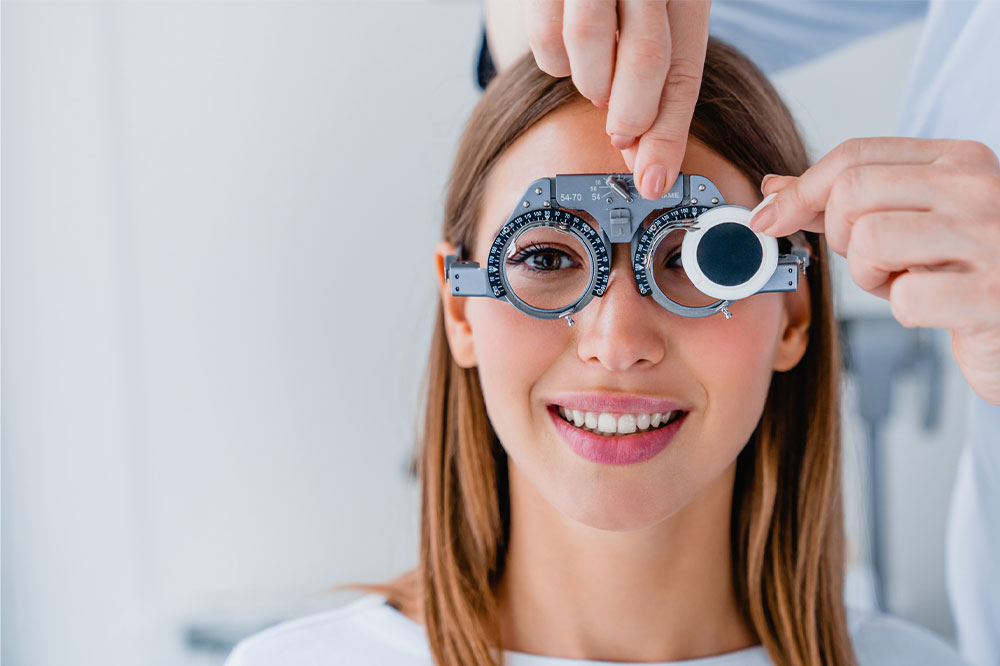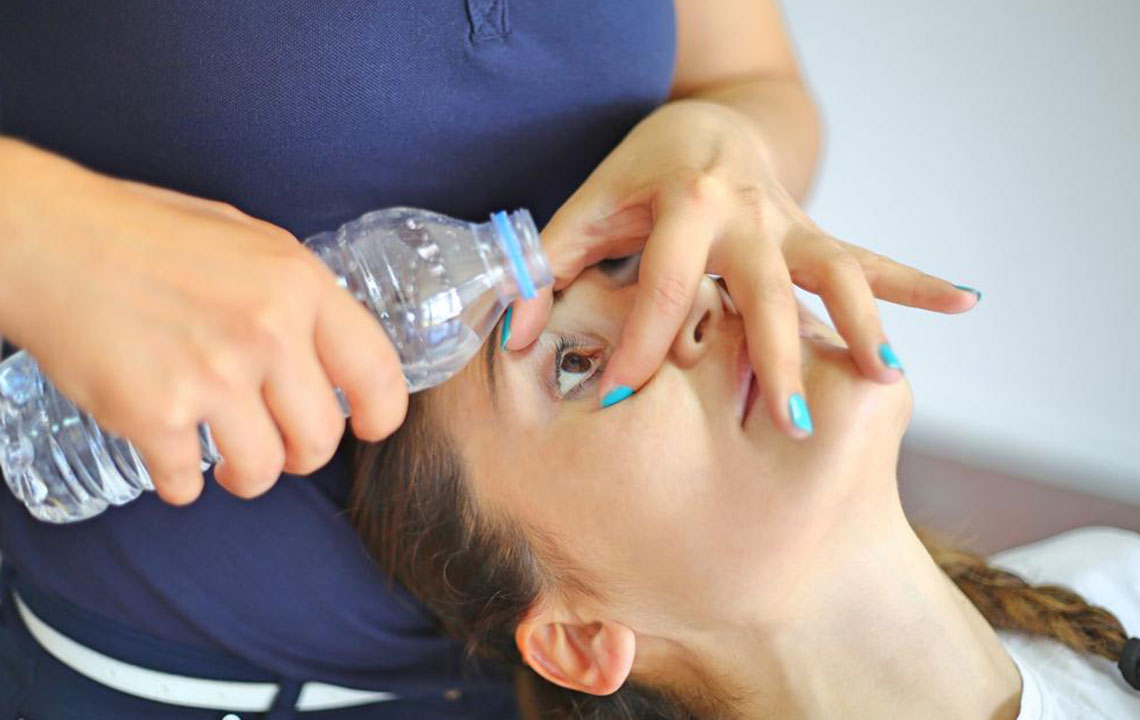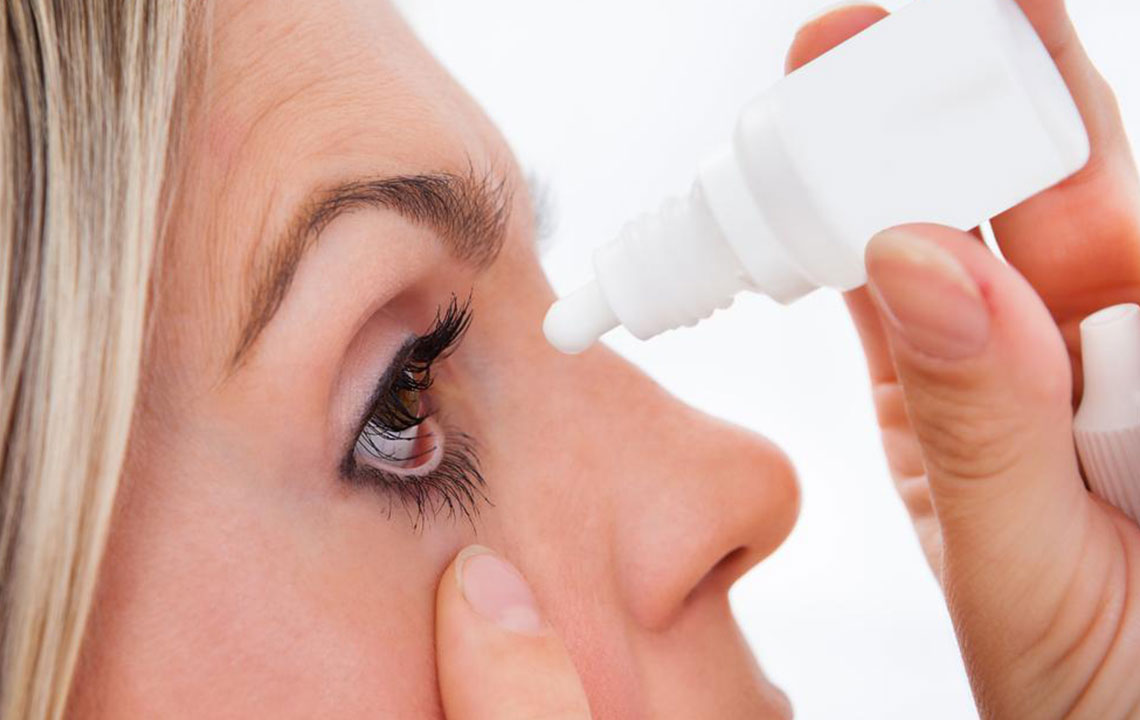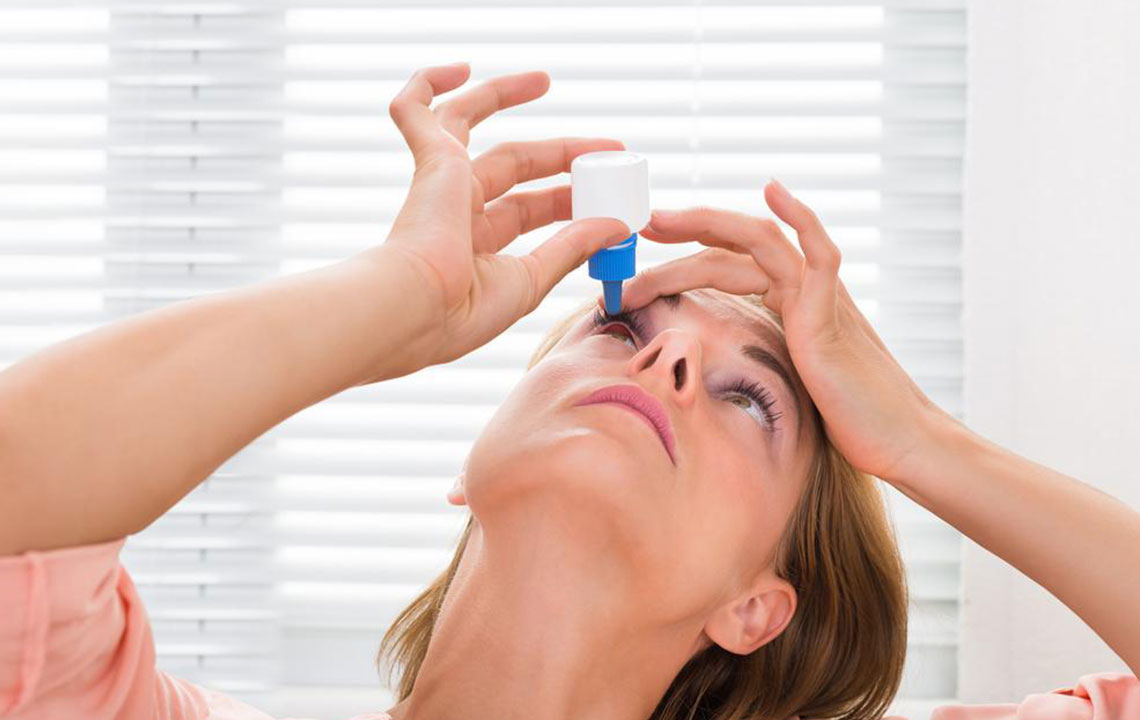Recognizing Common Eye Health Signs and Symptoms
This article highlights common signs and symptoms of eye problems, emphasizing the importance of regular eye checkups. It covers issues like swelling, spots, vision loss, redness, blurry vision, tears, and pain, helping readers identify early indicators of eye health issues. Recognizing these symptoms promptly can prevent serious complications and ensure timely treatment. Eye care professionals recommend routine exams, especially for those with underlying health conditions. Protect your eyesight by staying informed about warning signs and seeking prompt medical advice when needed.
Recognizing Common Eye Health Signs and Symptoms
Indicators and Symptoms of Eye Issues
Experiencing eye discomfort or visual changes is common at some point. Conditions like nearsightedness and farsightedness, known as myopia and hyperopia, are prevalent.
Advancements in modern technology have introduced devices like smartphones, computers, and TVs, enriching our lives with entertainment and productivity. However, frequent use of these gadgets can strain our eyes, leading to increasing eye-related problems.

The rise in eye health concerns highlights the importance of regular checkups, especially for those with underlying conditions like diabetes or hypertension. The National Eye Institute estimates that millions suffer from vision impairment. Recognizing early warning signs is essential for maintaining eye health.
Knowing the key symptoms—from mild irritations to severe issues—is vital. Here's a look at common signs indicating eye problems.
Swelling Around or in the Eyes
Puffiness can occur in the eyelids or beneath the eyes, often linked to allergies, infections, or inflammation from conditions like scleritis or thyroid disease.
Eye Spots and Unusual Growths
Spots on the eye may appear as brown, white, red, yellow, or colorless. They could signal benign or serious issues such as nevi, melanoma, infections, or inflammations.
Brown spots: Typically on the iris, these may indicate benign nevi or melanoma.
White or cloudy spots: Possible signs of corneal ulcers, tumors, or inflammation.
Red or pink spots: Usually due to bleeding or hemorrhage in eye tissues.
Yellowish spots: Often linked to growths like Pinguecula or Pterygium.
Eyelid spots: Such as nevus or black eye markings.
Vision Loss
Central or peripheral vision decline can be caused by issues like age-related macular degeneration, diabetic retinopathy, glaucoma, or retinal conditions.
Redness in the Eyes
Bloodshot eyes, characterized by visible red veins, might result from conjunctivitis, allergies, or injury. Distinguishing between redness and actual blood in the eye is important, as both can have different causes.
Blurred Vision
Blurriness can signal serious conditions like cataracts, infections, blocked tear ducts, or diabetic complications. Immediate consultation with an eye specialist is recommended.
Excess Tears
Frequent watering may indicate allergies, infections, or eye trauma such as abrasions or inflammation.
Visual Distortion
When objects appear crooked or warped, conditions like AMD, astigmatism, or corneal issues might be involved.
Discharge from Eyes
Excess mucus or tears can point towards infections like pink eye, or blockages in tear ducts.
Eye Discomfort
Dryness, itching, or burning sensations often result from allergies, blepharitis, or dryness.
Eye Pain
Pains around or inside the eyes can stem from injuries, infections, or neurological issues such as migraines. Prompt medical attention is crucial for persistent pain.
Regular eye examinations are essential for early detection and prevention of worsening conditions. Always consult an eye care professional if you notice any of these symptoms. Keep your eyesight protected.










